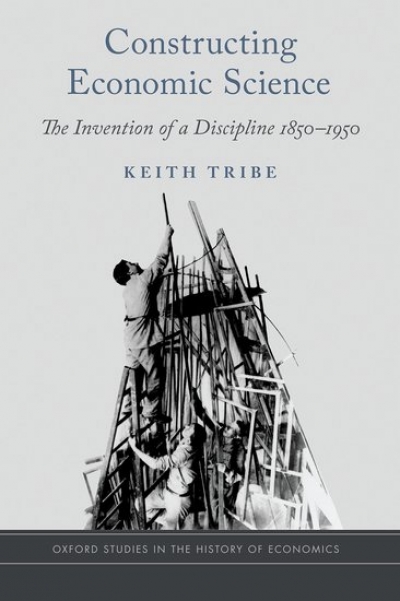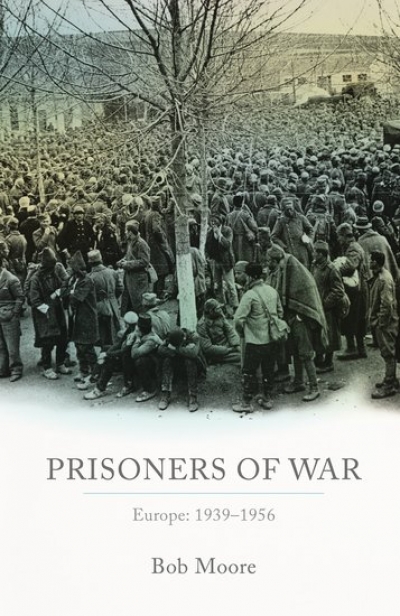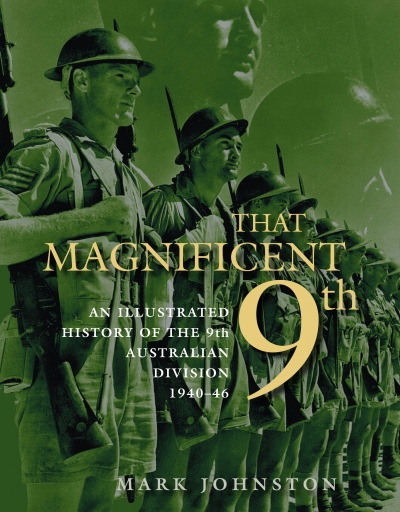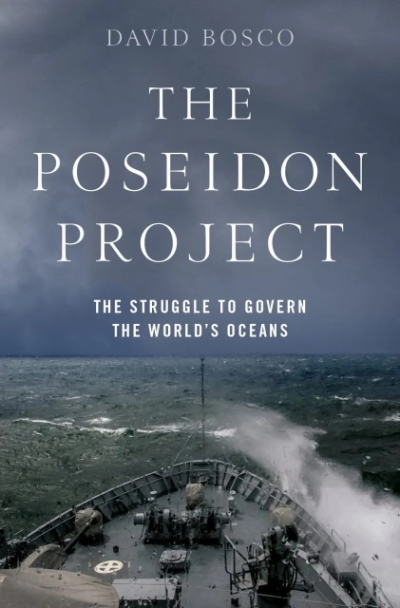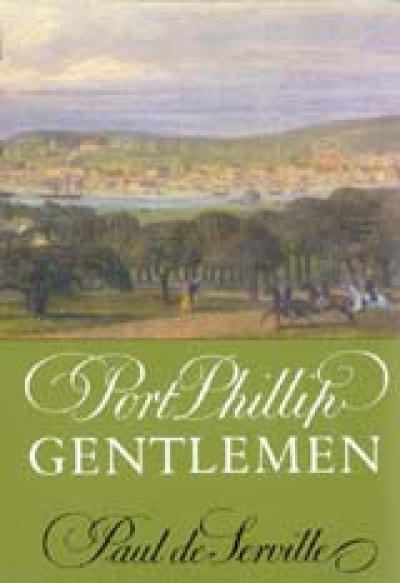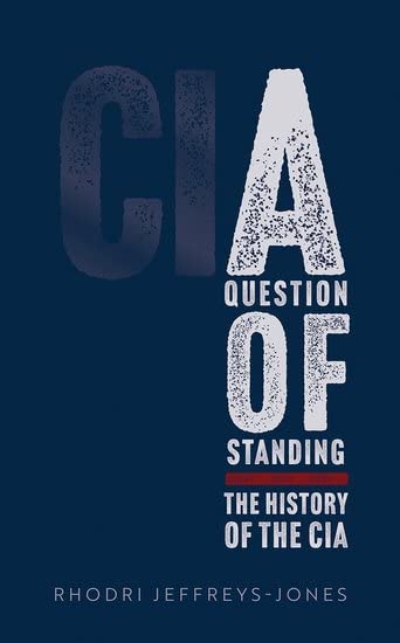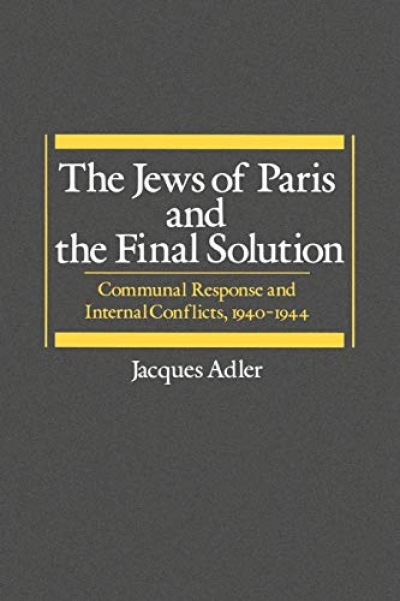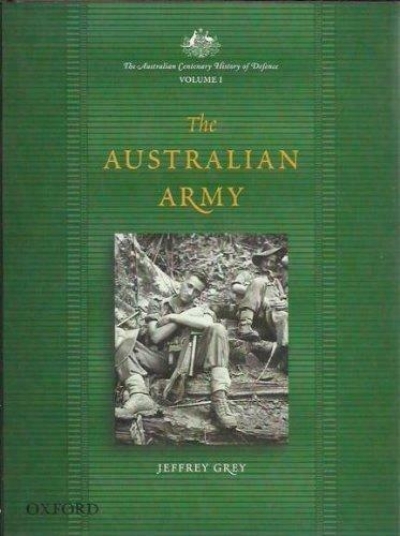Oxford University Press
Constructing Economic Science: The invention of a discipline 1850–1950 by Keith Tribe
The Rise and Fall of the Neoliberal Order: America and the world in the free market era by Gary Gerstle
That Magnificent 9th by Mark Johnston & Alamein by Mark Johnston and Peter Stanley
The Poseidon Project: The struggle to govern the world’s oceans by David Bosco
Port Phillip Gentlemen: Good society in Melbourne before the gold rushes by Paul de Serville
A Question of Standing: The history of the CIA by Rhodri Jeffreys-Jones
The Jews of Paris and the Final Solution: Communal Response and Internal Conflicts, 1940-1944 by Jacques Adler
The Australian Centenary History of Defence: Vols. I–VII edited by John Coates & Peter Dennis
ART
Contemporary Aboriginal Art: A guide to the rebirth of an ancient culture
by Susan McCulloch
Allen & Unwin, 248 pp, $39.95 pb
1 86508 305 4
Contemporary Aboriginal Art (first published in 1999) contains a wealth of information for those interested in the history, practice, and culture of Aboriginal art. By its very nature, Aboriginal art is constantly changing and evolving, and, in this revised edition, Susan McCulloch details new developments in already well-established communities, and the emergence of some entirely new movements. McCulloch, visual arts writer for The Australian, has travelled extensively to the Kimberley, Central Australia, Arnhem Land and Far North Queensland, and her book provides first-hand accounts of Aboriginal artists and the works they are creating.
Beautifully illustrated, Contemporary Aboriginal Art also contains a comprehensive directory of art centres and galleries, a buyer’s guide, and a listing of recommended readings.
... (read more)
